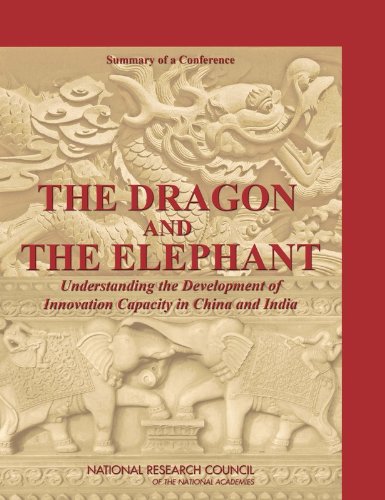

Most ebook files are in PDF format, so you can easily read them using various software such as Foxit Reader or directly on the Google Chrome browser.
Some ebook files are released by publishers in other formats such as .awz, .mobi, .epub, .fb2, etc. You may need to install specific software to read these formats on mobile/PC, such as Calibre.
Please read the tutorial at this link: https://ebookbell.com/faq
We offer FREE conversion to the popular formats you request; however, this may take some time. Therefore, right after payment, please email us, and we will try to provide the service as quickly as possible.
For some exceptional file formats or broken links (if any), please refrain from opening any disputes. Instead, email us first, and we will try to assist within a maximum of 6 hours.
EbookBell Team

4.1
20 reviewsIn the past two decades, China and India have liberalized internal economic policy, treatment of foreign investment, and trade, and have experienced economic growth at sustained high rates. From the point of view of the United States, however, the most important development in the Chinese and Indian economies in the long term may be the strides they are making in developing their own domestic innovation capacities. After a long period of underinvestment, both countries have committed to growing their science and education systems to bolster research and further economic expansion.
Some observers of the recent growth have said that both countries are surging in their efforts to spur innovation; others have emphasized the potential of one country over the other; and still others have suggested that both China and India have a long way to go before achieving innovation-driven growth. With such a range of views, The National Academies set out to describe developments in both countries, in relation to each other and the rest of the world, by organizing a conference in Washington, D.C. The conference, summarized in this volume, discussed recent changes at both the macroeconomic level and also in selected industries, and explored the causes and implications of those changes.